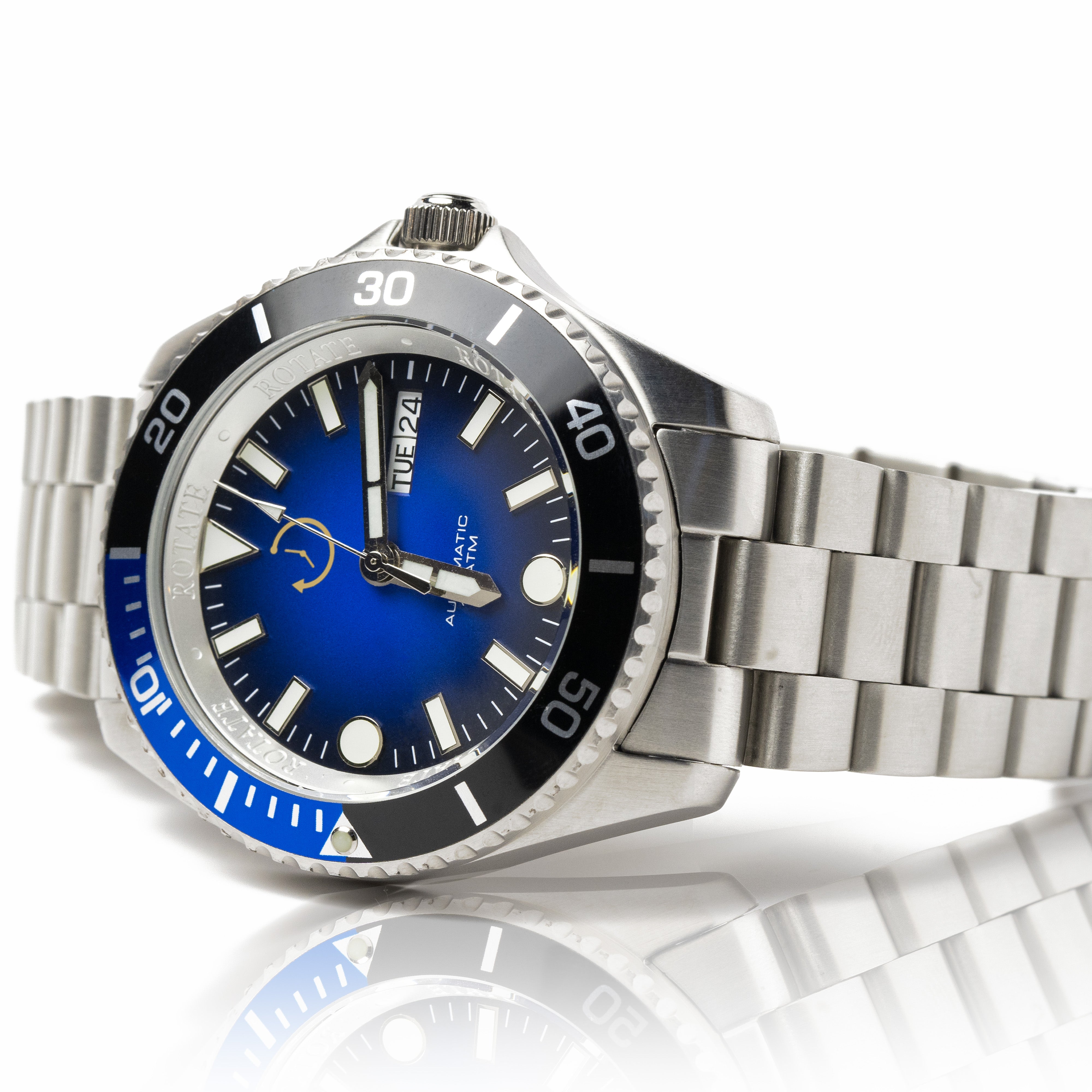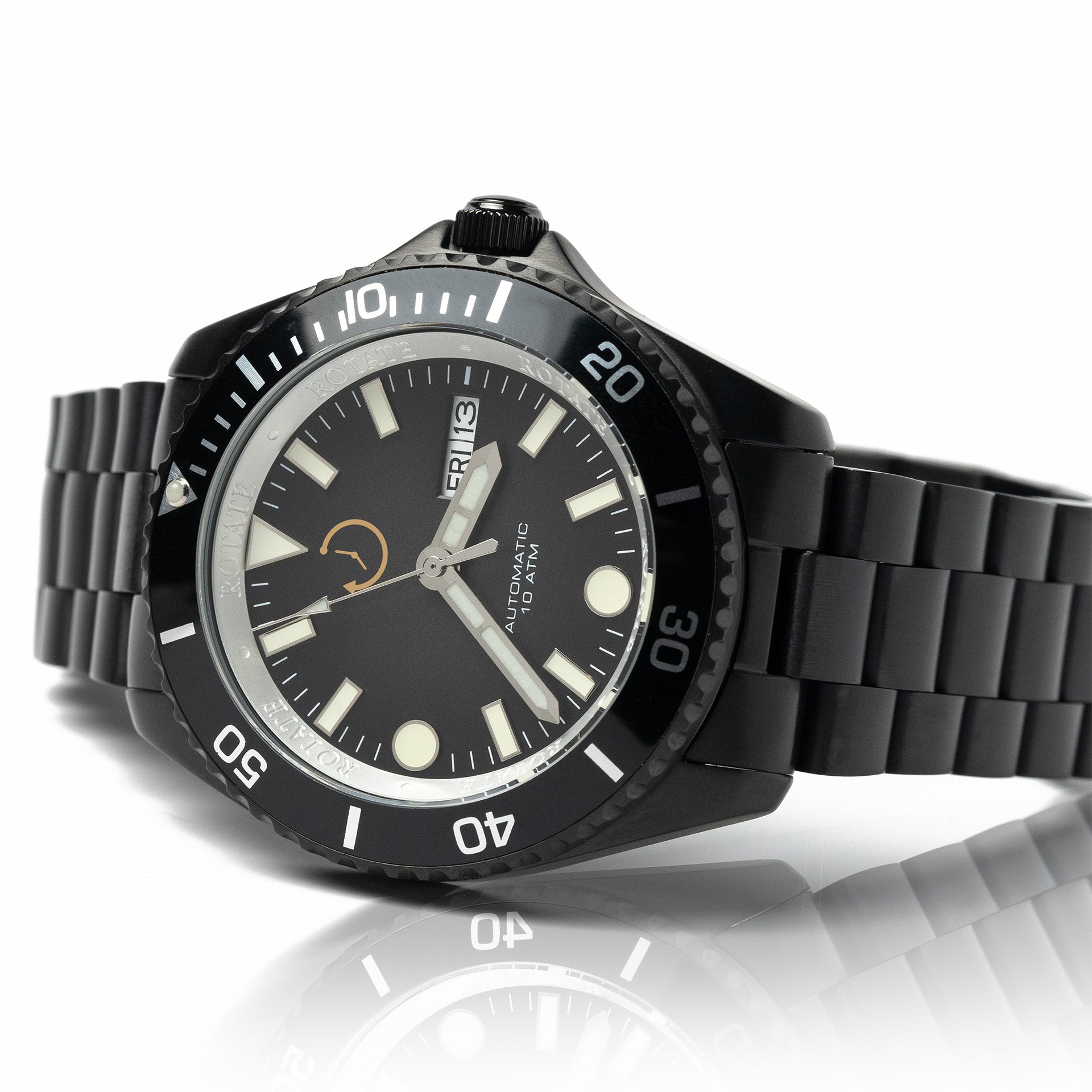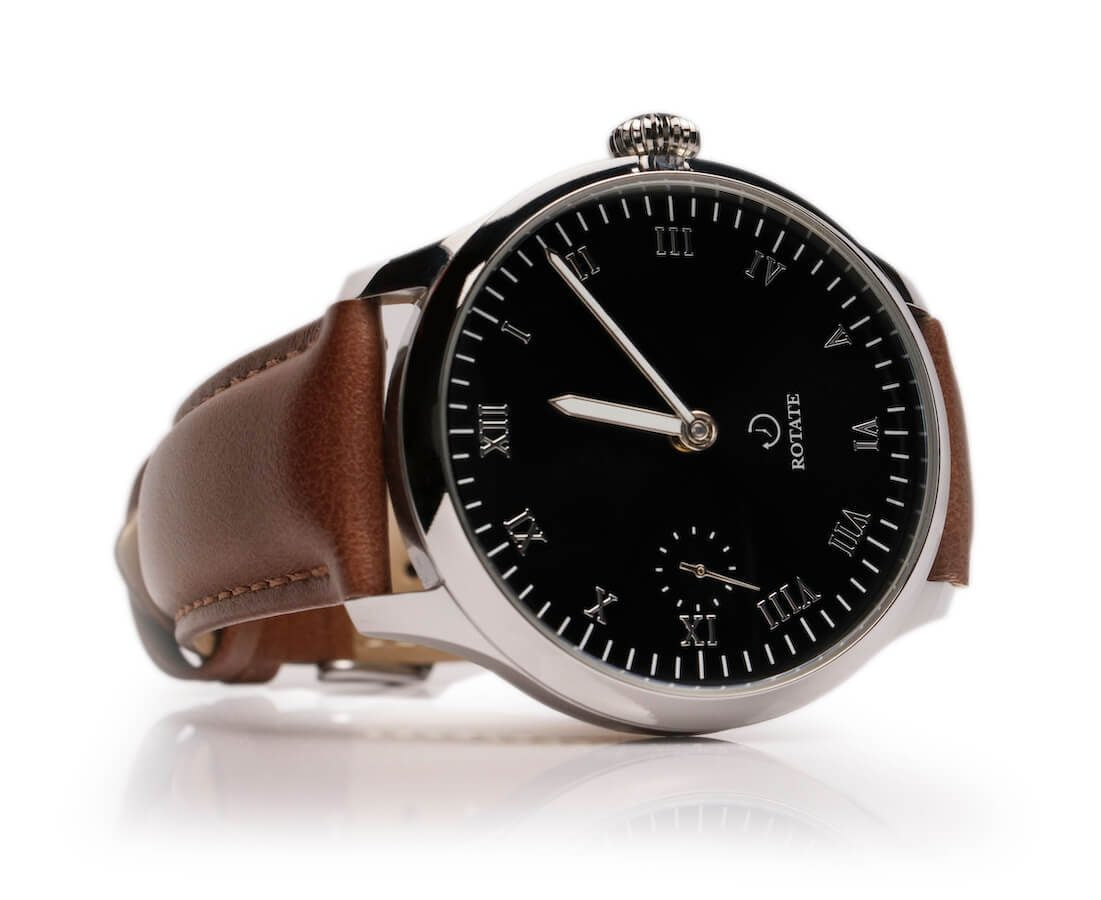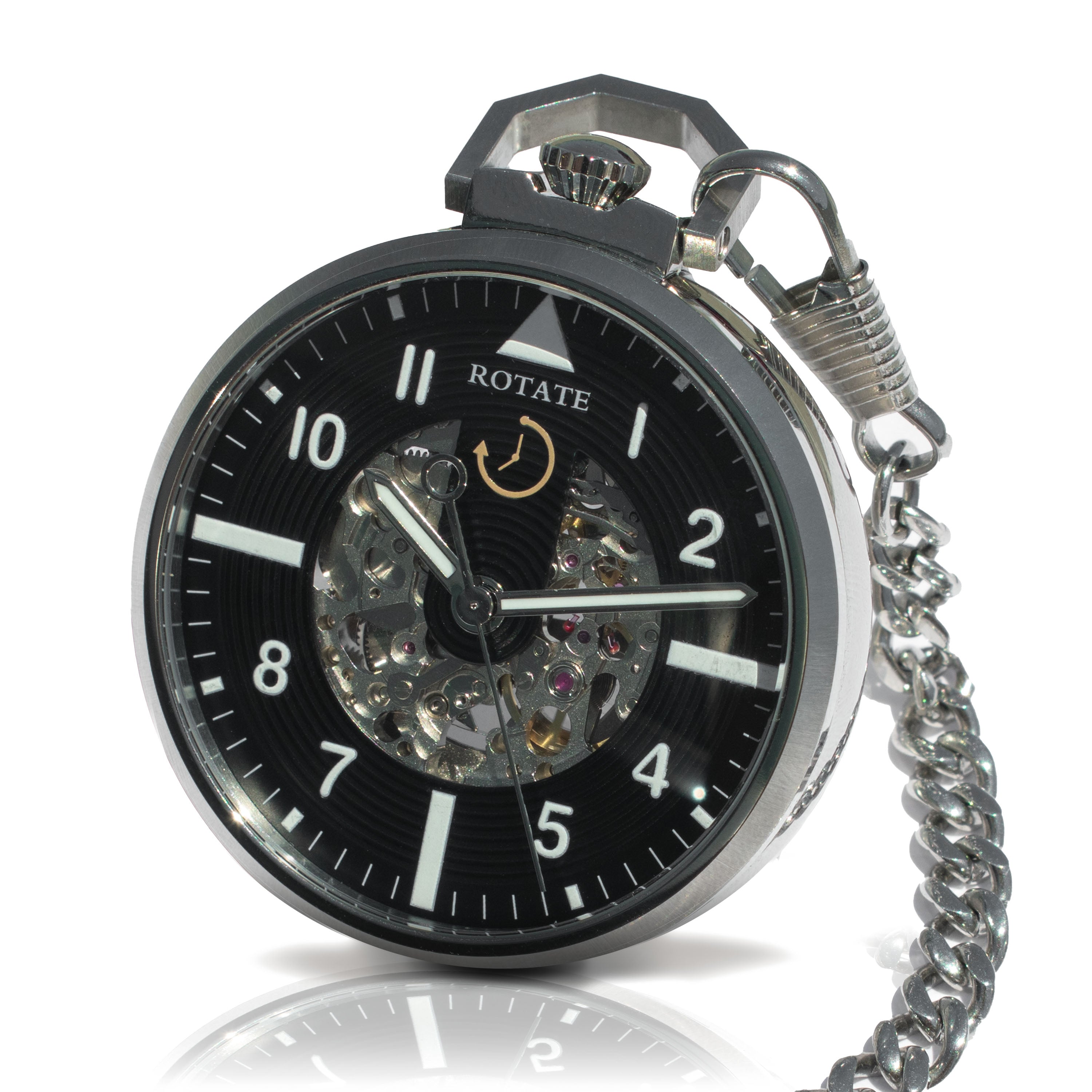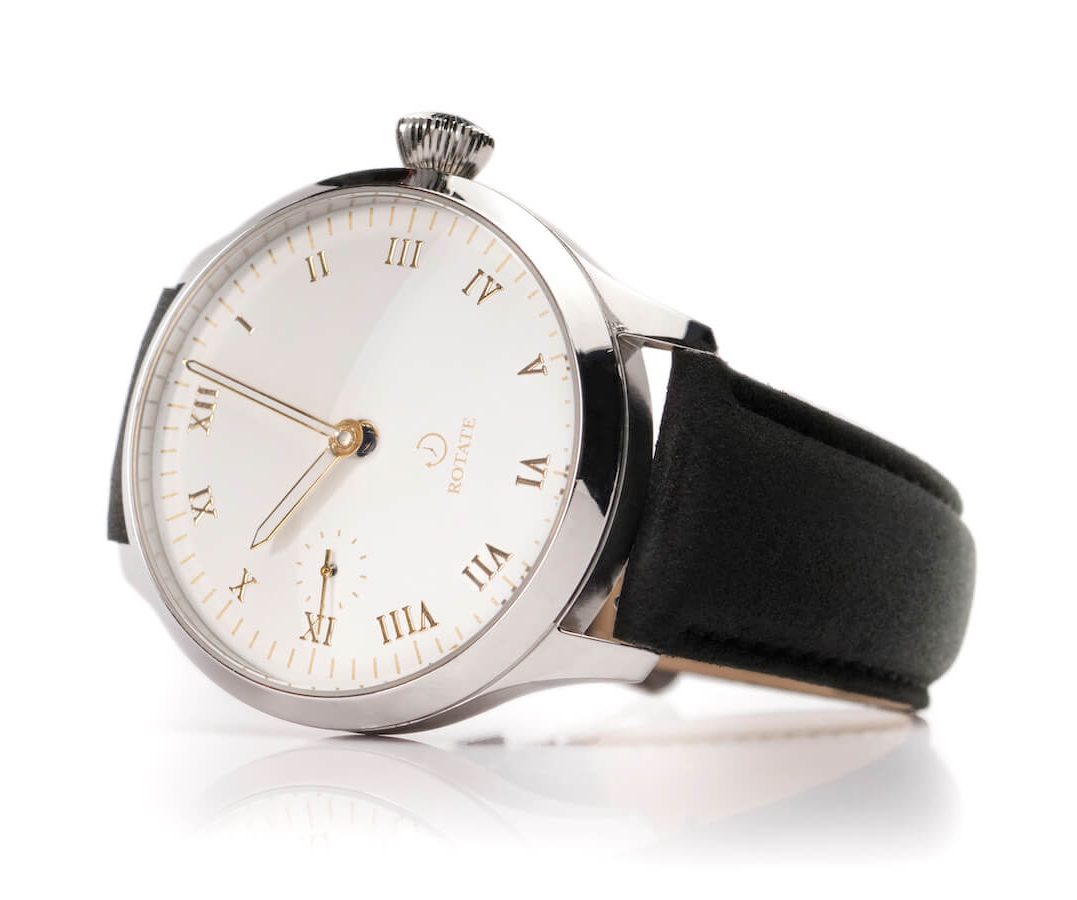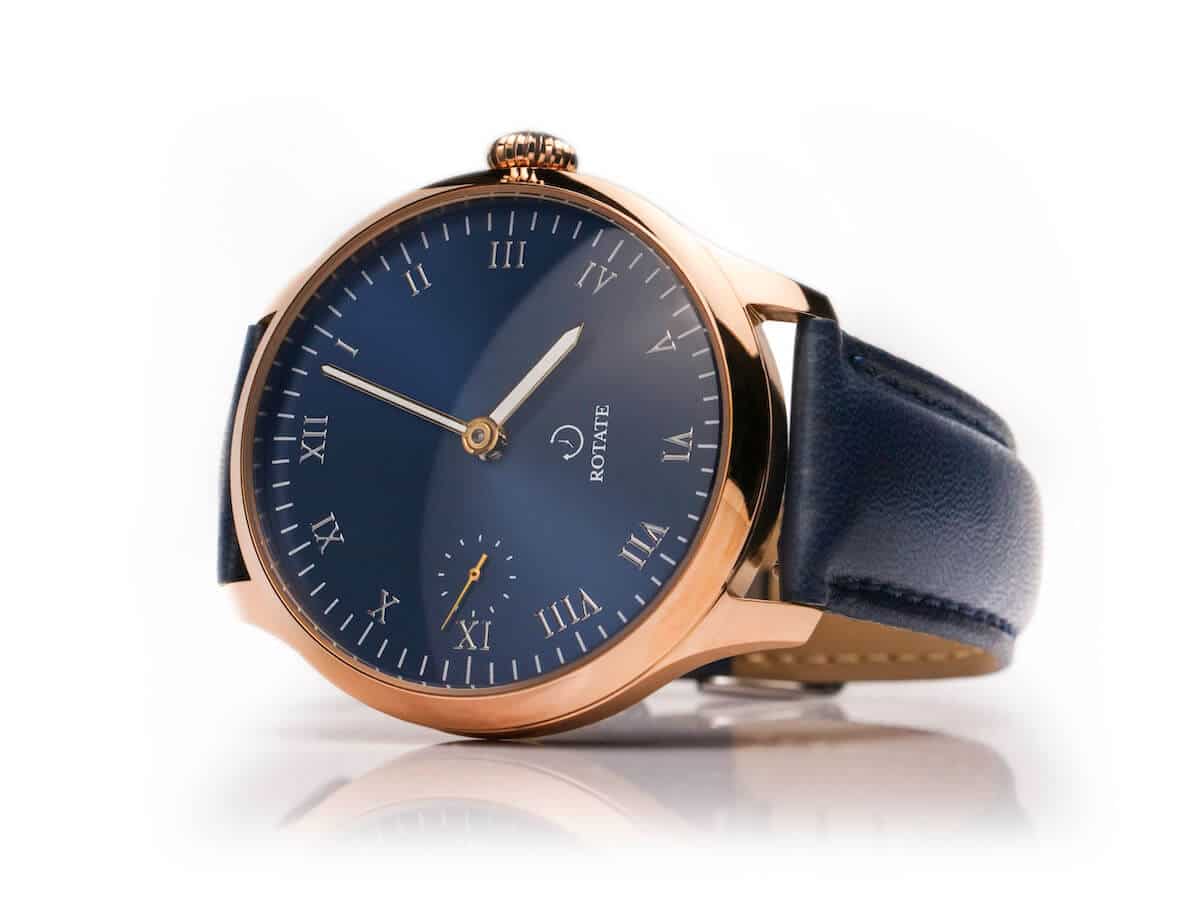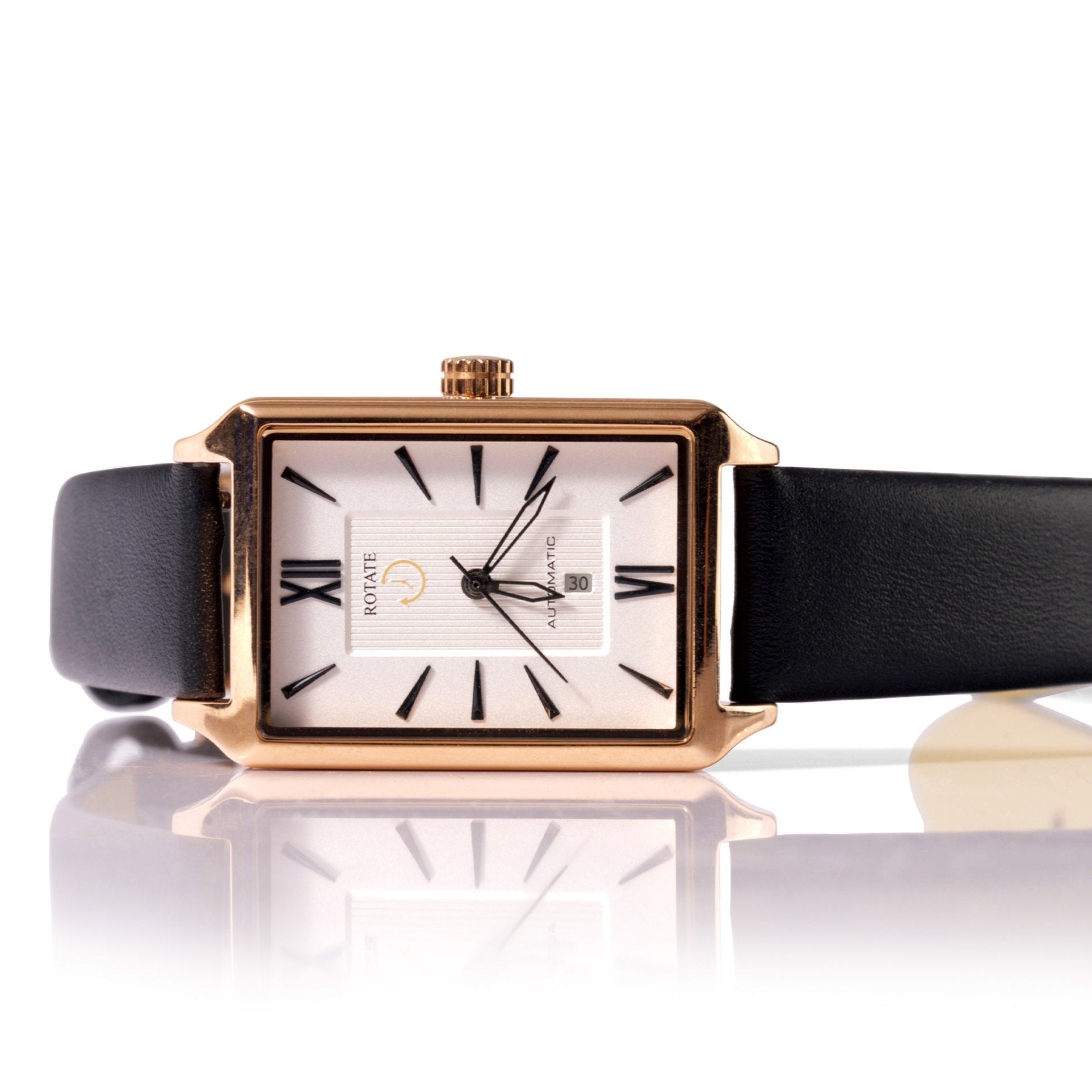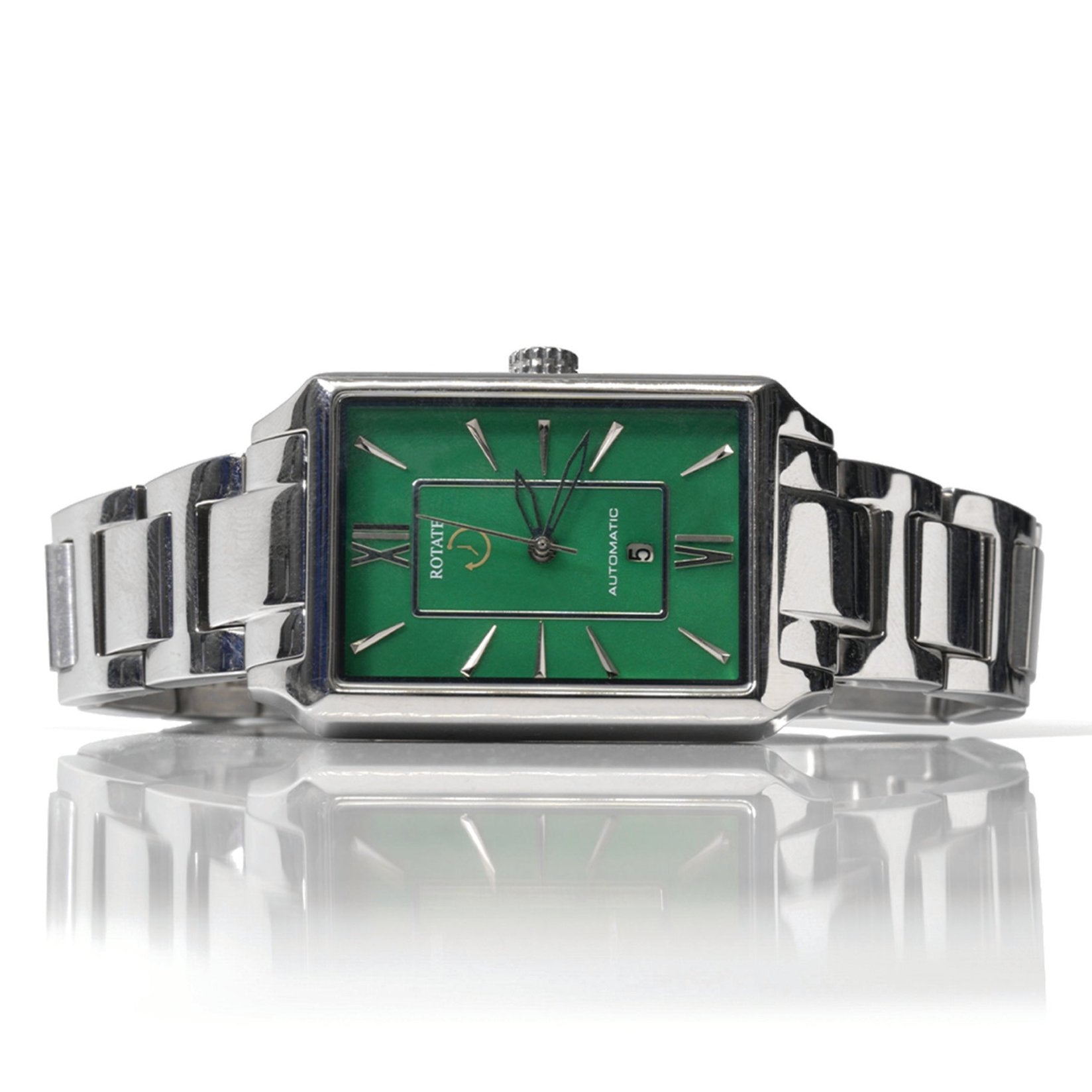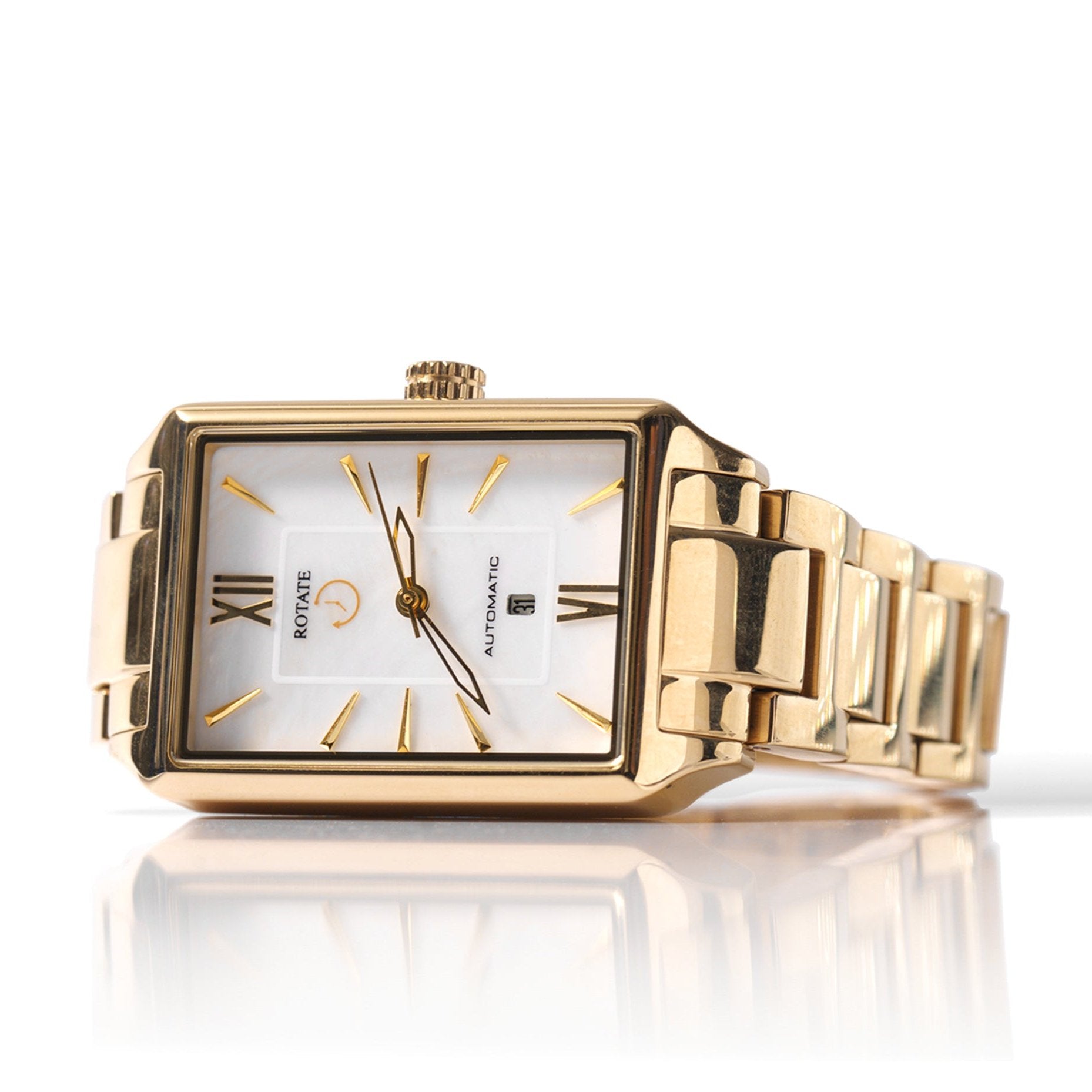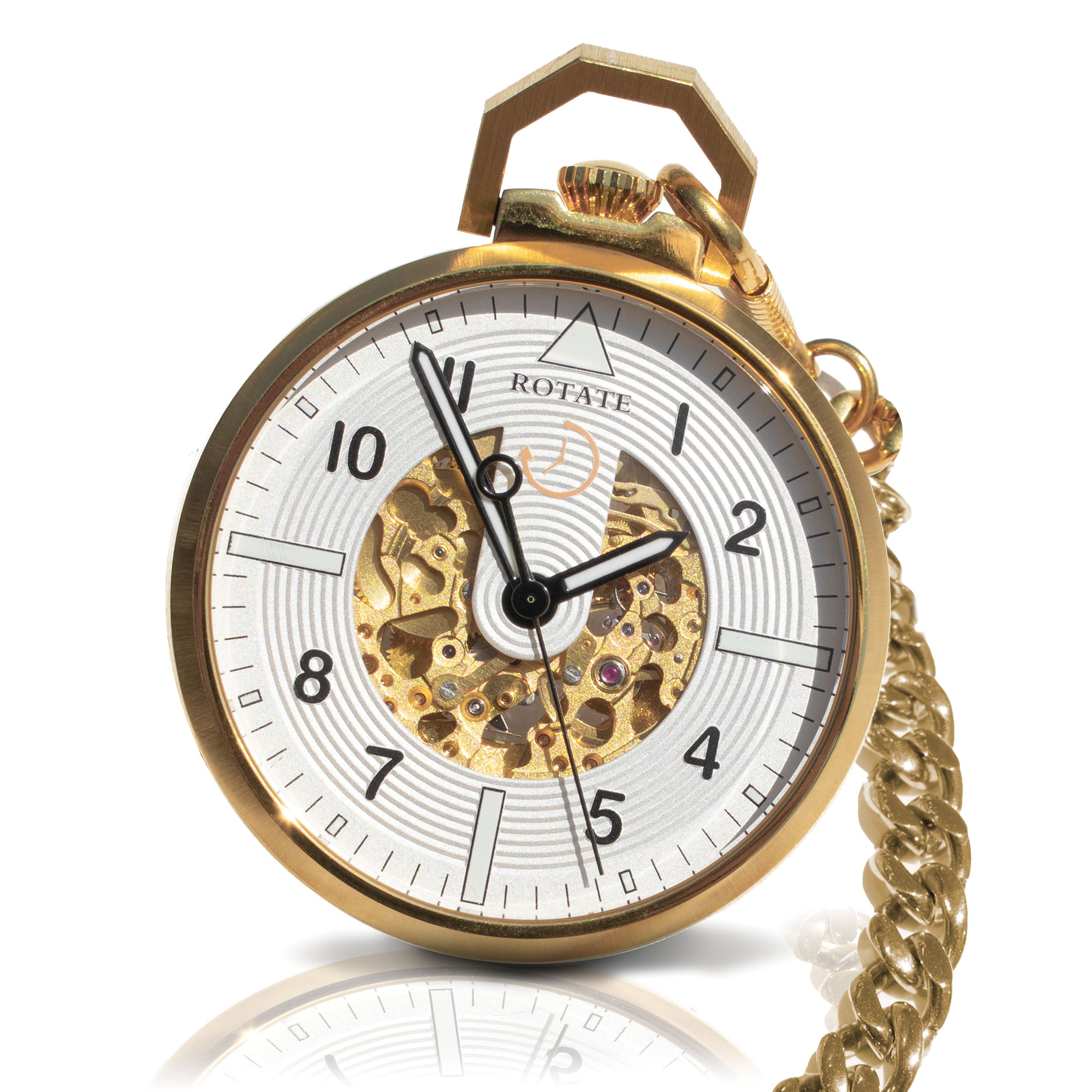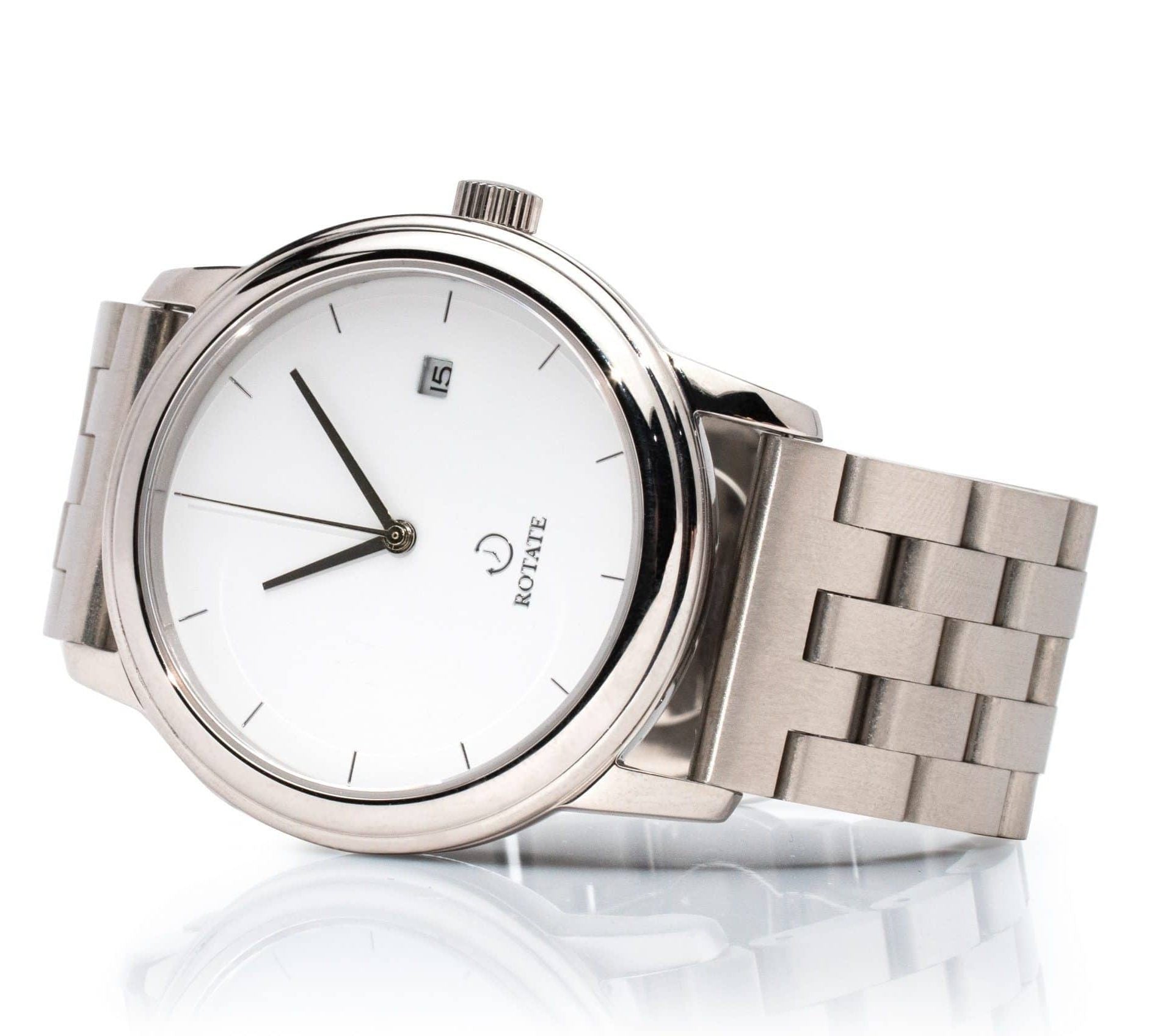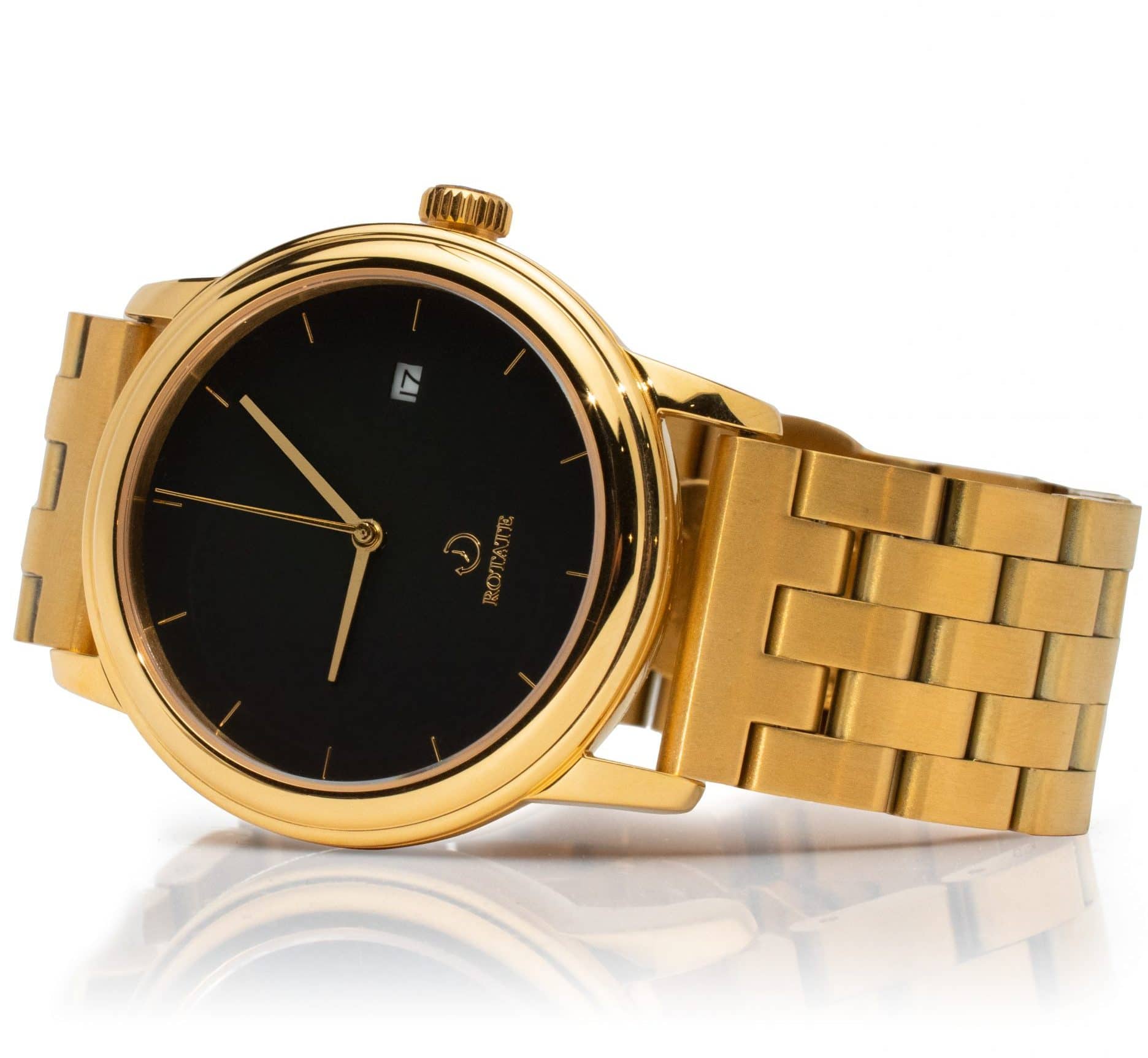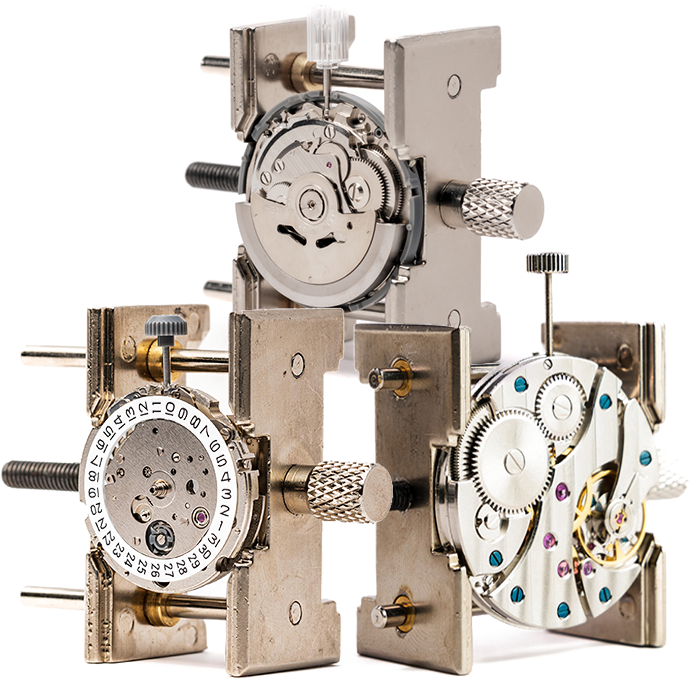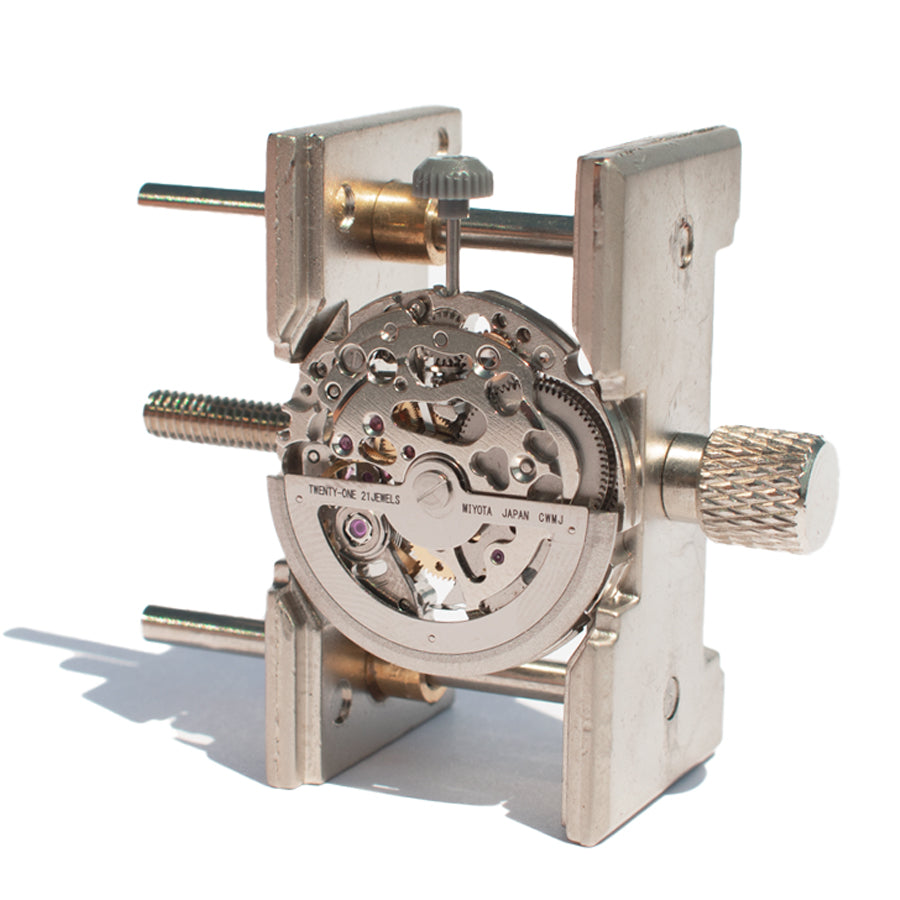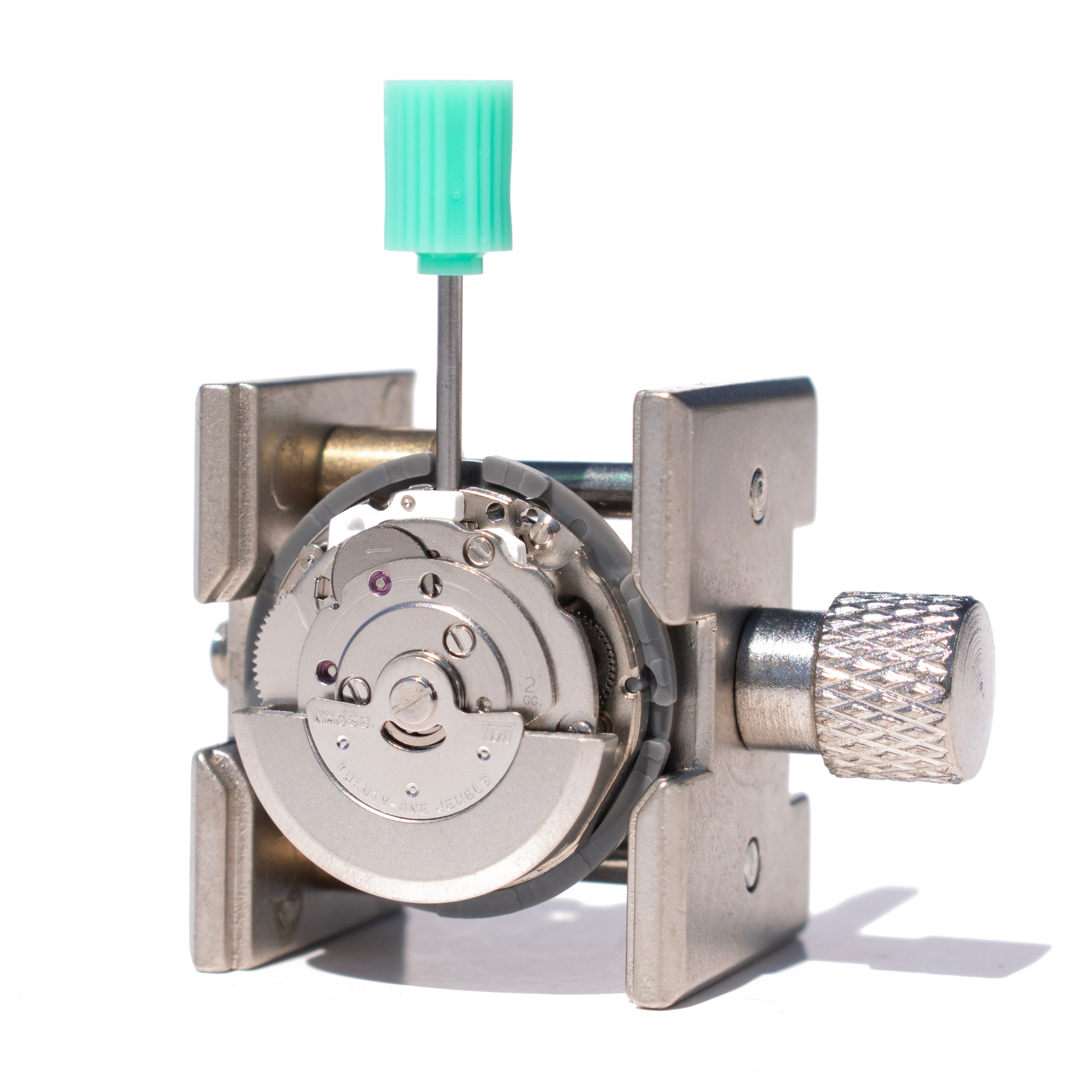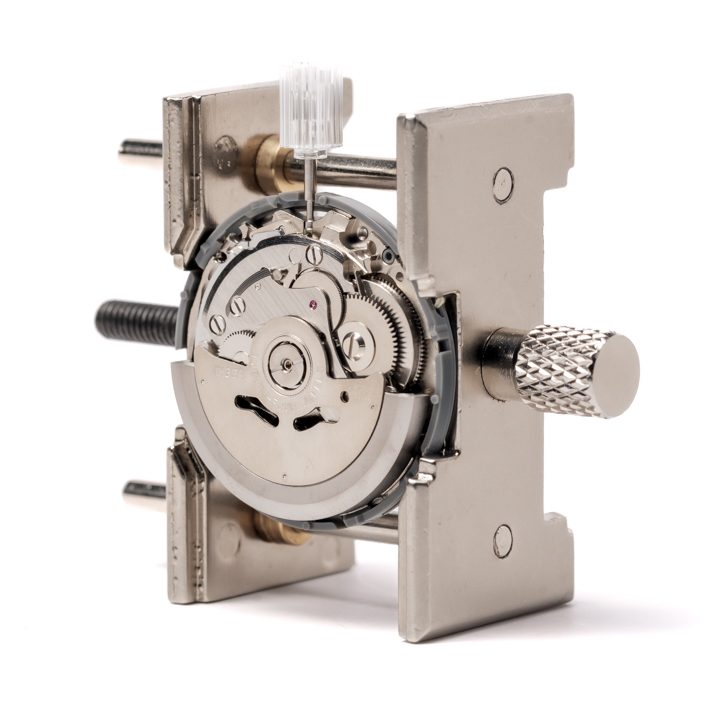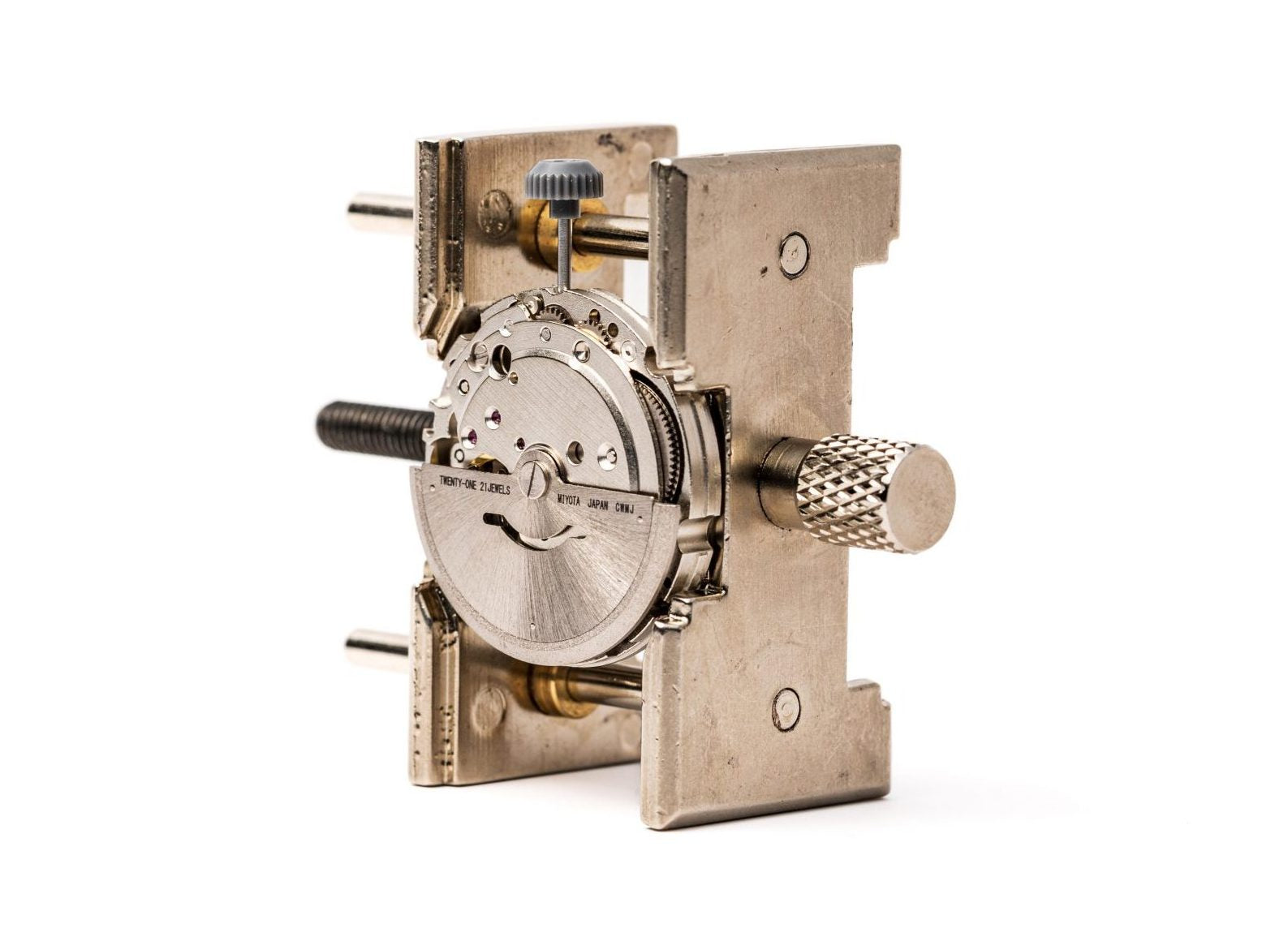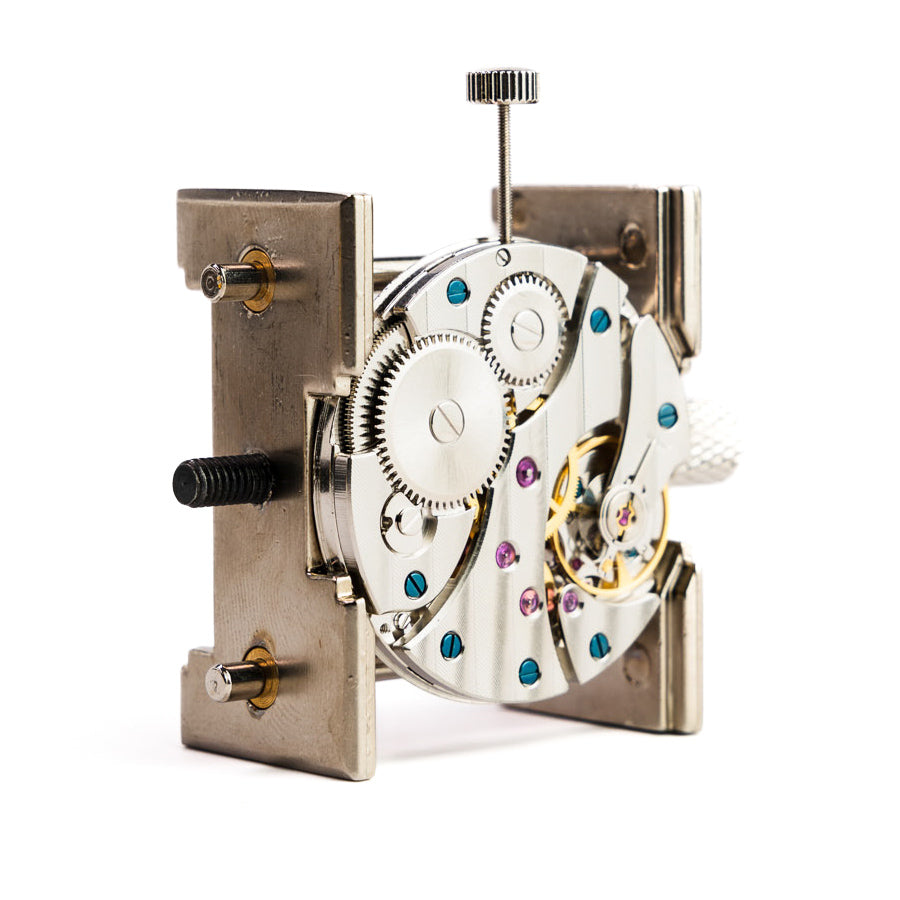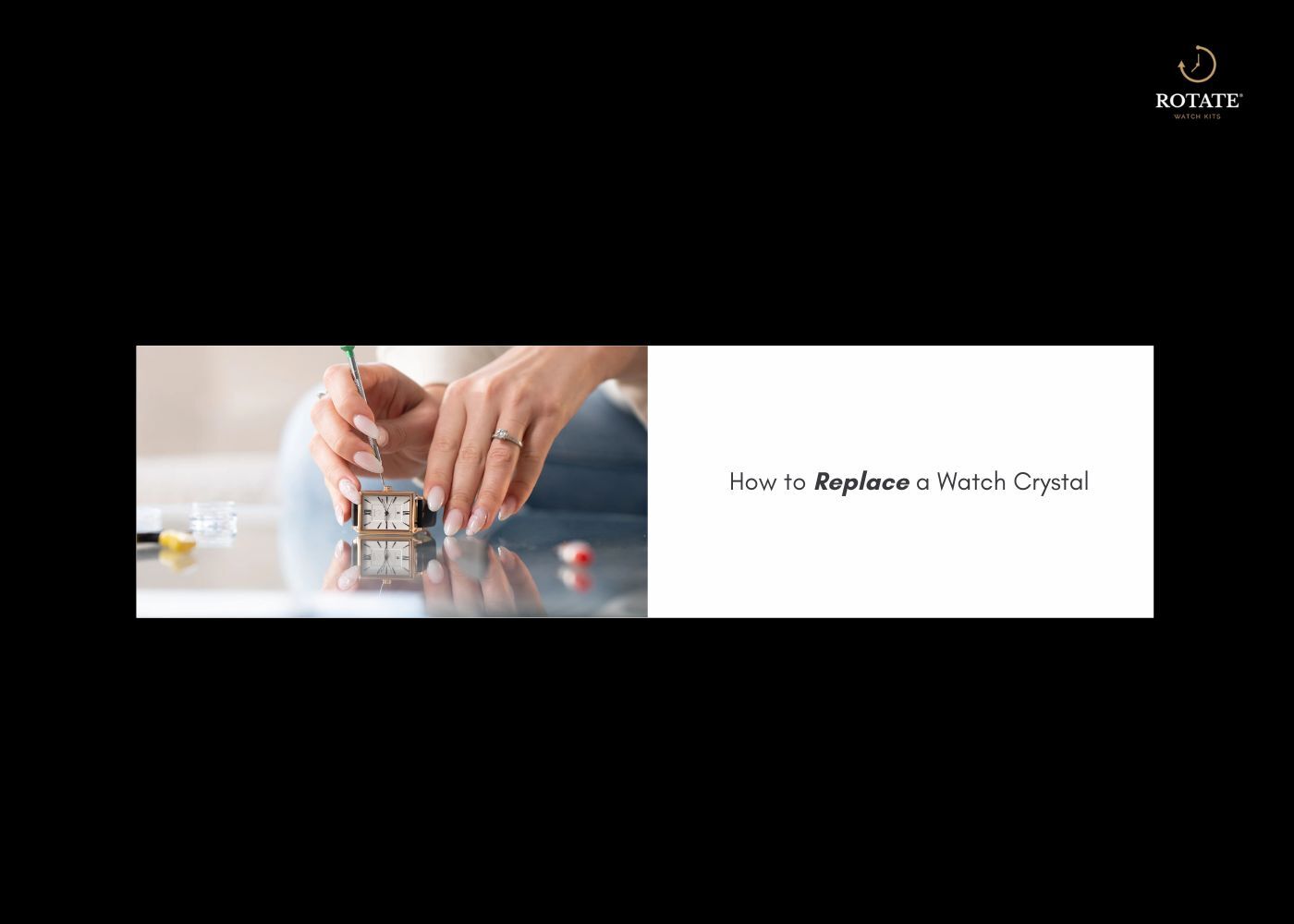
How to Replace a Watch Crystal: Complete DIY Repair Guide
Key Takeaways
-
Watch crystals protect movements and require replacement when scratched, cracked, or cloudy
-
Three main crystal types exist: acrylic (easiest DIY), mineral, and sapphire (professional recommended)
-
Essential tools include case knife, crystal press, gloves, and appropriate adhesive
-
Different case types (snap-on, press-fit, tension ring) require specific removal techniques
-
Proper cleaning and testing after replacement watch crystal installation prevents future damage
What Is a Watch Crystal and Why It Matters
A watch crystal serves as the transparent protective barrier between your watch face and the external environment. Without an intact crystal, dust, moisture, and debris can damage delicate movement components, leading to costly repairs or complete movement failure.
The crystal quality directly impacts both aesthetics and functionality. A scratched or cracked crystal obscures dial visibility while compromising the watch's water resistance rating.
Common Reasons You Might Need a Replacement Watch Crystal
Impact Damage
Accidental impacts against hard surfaces create cracks or chips that spread over time. Even minor damage can compromise structural integrity.
Deep Scratches
Regular wear accumulates surface scratches. While minor abrasions can sometimes be polished out on acrylic crystals, deeper grooves require full replacement.
Cloudiness and Fogging
Moisture intrusion between the crystal and dial creates permanent cloudiness. This indicates seal failure and demands immediate attention to prevent movement damage.
Age-Related Degradation
Older acrylic crystals yellow and become brittle. UV exposure accelerates this process, eventually requiring replacement regardless of visible damage.
Types of Watch Crystals and Which One Fits Your Watch Best
Understanding the Types of Watch Crystals will help you select the most durable and suitable option for your watch.
Acrylic Crystals
Plastic-based crystals offer excellent shatter resistance and easy machining. Budget-friendly watches typically feature acrylic crystals. Minor scratches polish out easily, making them ideal for DIY enthusiasts.
Mineral Crystals
Hardened glass crystals provide superior scratch resistance compared to acrylic. Mid-range timepieces commonly use mineral glass. While more durable, they require careful handling during installation.
Sapphire Crystals
Synthetic sapphire ranks second only to diamond in hardness. Premium watches feature sapphire crystals for maximum scratch resistance. Their hardness makes DIY replacement challenging without specialized equipment.
Understanding Japanese watch movements helps determine which crystal type originally came with your timepiece.
Tools and Materials Needed for Watch Crystal Replacement
Essential Equipment
- Case opening knife or specialized crystal lift tool
- Crystal press with various diameter dies
- Lint-free microfiber cloths
- Watchmaker's gloves (prevents fingerprints and oils)
- Appropriate adhesive (UV-cure glue or crystal cement)
- Rodico cleaning putty for removing debris
Buy the watch case press and opening knife here.
Optional but Helpful
- Movement holder for stability
- Magnification loupe for inspection
- Dust blower for final cleaning
Rotate's watchmaking tools provide everything needed for professional-quality crystal replacement at home.
Step-by-Step Guide: How to Replace a Watch Crystal at Home
Step 1: Remove the Watch Movement and Old Crystal
Place the watch face-down on a soft surface. Open the case back using appropriate tools. Carefully extract the movement by releasing the stem and lifting gently.
For watches with snap-on crystals, insert a thin blade between the crystal edge and case. Apply even pressure around the perimeter to pop the crystal free. Press-fit crystals require a crystal press working from the dial side.
Step 2: Clean and Inspect the Case for Damage
Remove all adhesive residue from the crystal seating area using a plastic scraper. Inspect the bezel for cracks, warping, or damage that could prevent proper sealing.
Clean thoroughly with isopropyl alcohol and lint-free cloth. Any remaining debris will compromise the new crystal's seal. Use Rodico putty to remove stubborn particles.
Step 3: Fit and Secure the New Crystal Properly
Test-fit the replacement watch crystal without adhesive. The crystal should seat evenly without gaps or excessive force. If using adhesive, apply a thin, even bead around the seating groove.
For press-fit installations, position the crystal precisely before applying pressure. Use a crystal press with the correctly sized die to distribute force evenly. Apply steady, gradual pressure until the crystal seats flush.
Step 4: Reassemble and Test the Watch
Once the adhesive cures (follow manufacturer specifications), reinstall the movement. Ensure the stem aligns properly and crown screws down smoothly.
Test basic functions before sealing the case back. Check that hands clear the new crystal without touching. Verify crown positions operate correctly.
Learning how to wind and set mechanical watches properly after crystal replacement prevents accidental damage.
How to Replace the Crystal on a Watch with Different Case Types
Snap-On Bezel Crystals
These crystals snap into a groove around the case perimeter. A thin blade releases tension, allowing the crystal to pop free. Replacement crystals snap back into place with even finger pressure.
Press-Fit Crystals
Tension holds these crystals in grooves without adhesive. A crystal press removes and installs them. Proper die sizing prevents case damage during installation.
Tension Ring Crystals
A separate metal ring compresses the crystal against a case gasket. Remove the ring first, then lift the crystal. Reinstallation requires careful alignment and even pressure.
Tips for a Smooth Watch Glass Replacement
Work in a clean, well-lit environment to minimize contamination. Lay out all tools beforehand to avoid searching mid-project.
Take photos during disassembly to reference during reassembly. Note crown position and stem orientation before removal.
Apply adhesive sparingly. Excess glue creates cleanup problems and unsightly appearance. UV-cure adhesives offer working time advantages over instant-set formulas.
Common Mistakes to Avoid During Watch Crystal Replacement
Forcing Mismatched Crystals
Crystals must match case specifications exactly. Forcing incorrect sizes cracks cases or shatters crystals. Always verify dimensions before attempting installation.
Inadequate Cleaning
Fingerprints, dust, or old adhesive under new crystals create permanent blemishes. Clean meticulously before installation.
Excessive Adhesive
Too much glue oozes onto dials or case edges. Apply minimal amounts for adequate bonding without overflow.
Rushing Cure Times
Premature handling before adhesives fully cure compromises bonds. Follow manufacturer cure time recommendations precisely.
When to Replace a Watch Crystal vs Repair Minor Damage
Minor surface scratches on acrylic crystals often polish out with plastic polish compounds. This represents a cost-effective alternative to full replacement.
Cracks, chips, or deep gouges always require replacement. These defects compromise structural integrity and water resistance regardless of depth.
Cloudiness from moisture intrusion necessitates immediate replacement plus movement inspection. Delayed action risks corrosion damage to movement components.
Watch Crystal Replacement Tools and Kits from Rotate Watches
Building your own timepiece provides comprehensive experience with crystal installation and case construction. Rotate's complete watchmaking kits include all necessary tools and components for full watch assembly.
For easy DIY watch crystal replacement, get our case press and case opening knife here.
Preserve Your Timepiece with Proper Watch Crystal Care
Watch crystal replacement represents an achievable DIY repair with proper preparation and tools. Understanding case types, crystal materials, and installation techniques prevents common mistakes while building valuable watchmaking skills.
Regular inspection catches damage early when repairs remain straightforward. Proper storage in watch boxes or cases minimizes impact risks that necessitate crystal replacement.
Start your watchmaking journey with Rotate Watches.
Browse our collection of watch kits and movement kits to master the art of watchmaking.
Your watchmaking story begins with a single screw. Start building today.
FAQs
Q1.Can I replace a watch crystal myself?
Yes, watch crystal replacement is achievable at home with proper tools and techniques. Acrylic crystals prove easiest for beginners, while sapphire installations may require professional equipment.
Q2. What tools do I need to replace a watch crystal?
Essential tools include a case knife, crystal press, gloves, appropriate adhesive, and cleaning supplies. A movement holder adds stability during the process.
Q3. How long does crystal glue take to cure?
UV-cure adhesives set in 2-3 minutes under UV light. Traditional crystal cement requires 24-48 hours for full cure strength.
Q4. Can you replace a sapphire watch crystal at home?
Sapphire crystal replacement at home proves challenging due to material hardness. Professional equipment ensures proper installation without case damage.
Q5. How much does a professional watch crystal replacement cost?
Professional services range from $30-150 depending on crystal type and watch complexity. DIY replacement costs $10-40 for materials and tools.
Q6. What's the difference between mineral and sapphire watch crystals?
Mineral crystals offer good scratch resistance at lower cost. Sapphire crystals provide superior hardness and clarity but cost significantly more.
{ "@context": "https://schema.org", "@type": "FAQPage", "mainEntity": [ { "@type": "Question", "name": "Can I replace a watch crystal myself?", "acceptedAnswer": { "@type": "Answer", "text": "Yes, watch crystal replacement is achievable at home with proper tools and techniques. Acrylic crystals prove easiest for beginners, while sapphire installations may require professional equipment." } }, { "@type": "Question", "name": "What tools do I need to replace a watch crystal?", "acceptedAnswer": { "@type": "Answer", "text": "Essential tools include a case knife, crystal press, gloves, appropriate adhesive, and cleaning supplies. A movement holder adds stability during the process." } }, { "@type": "Question", "name": "How long does crystal glue take to cure?", "acceptedAnswer": { "@type": "Answer", "text": "UV-cure adhesives set in 2-3 minutes under UV light. Traditional crystal cement requires 24-48 hours for full cure strength." } }, { "@type": "Question", "name": "Can you replace a sapphire watch crystal at home?", "acceptedAnswer": { "@type": "Answer", "text": "Sapphire crystal replacement at home proves challenging due to material hardness. Professional equipment ensures proper installation without case damage." } }, { "@type": "Question", "name": "How much does a professional watch crystal replacement cost?", "acceptedAnswer": { "@type": "Answer", "text": "Professional services range from $30-150 depending on crystal type and watch complexity. DIY replacement costs $10-40 for materials and tools." } }, { "@type": "Question", "name": "What's the difference between mineral and sapphire watch crystals?", "acceptedAnswer": { "@type": "Answer", "text": "Mineral crystals offer good scratch resistance at lower cost. Sapphire crystals provide superior hardness and clarity but cost significantly more." } } ] }


